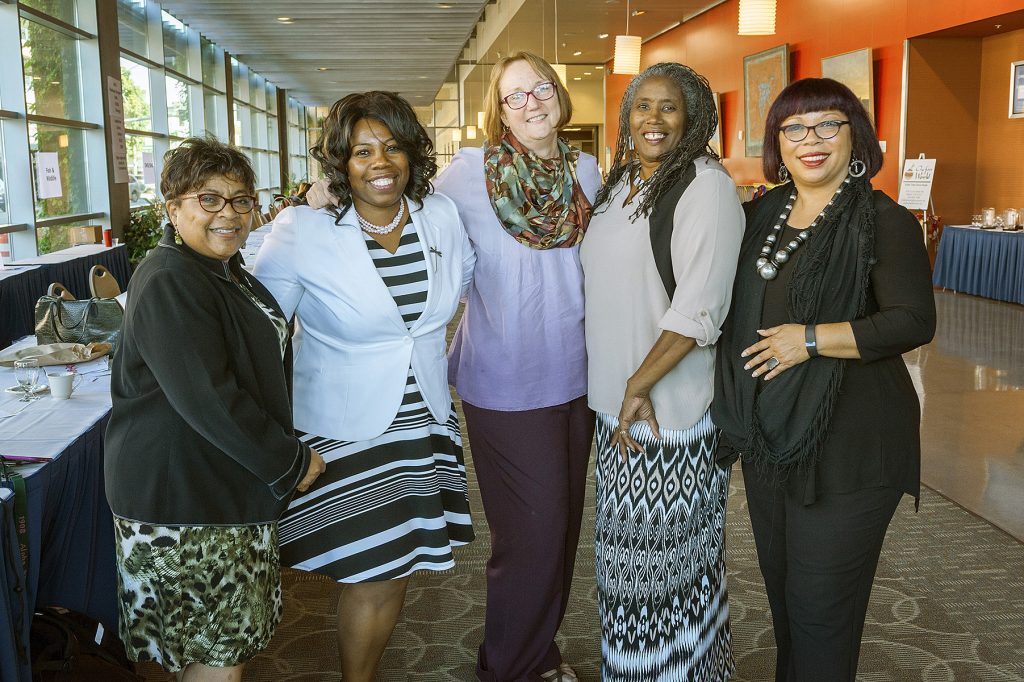138 Friendships
Martha Lally; Suzanne Valentine-French; and Dinesh Ramoo
Adults of all ages who reported having a confidante or close friend with whom they could share personal feelings and concerns, believed these friends contributed to a sense of belonging, security, and overall well-being (Dunér and Nordstrom, 2007). Having a close friend is a factor in significantly lower odds of psychiatric morbidity including depression and anxiety (Harrison, Barrow, Gask, and Creed, 1999; Newton et al., 2008). The availability of a close friend has also been shown to lessen the adverse effects of stress on health (Kouzis and Eaton, 1998; Hawkley et al., 2008; Tower and Kasl, 1995). Additionally, poor social connectedness in adulthood is associated with a larger risk of premature mortality than cigarette smoking, obesity, and excessive alcohol use (Holt-Lunstad, Smith, and Layton, 2010).

Female friendships and social support networks at midlife contribute significantly to a woman’s feeling of life satisfaction and well-being (Borzumato-Gainey, Kennedy, McCabe, and Degges-White, 2009). Degges-White and Myers (2006) found that women who have supportive people in their life experience greater life satisfaction than do those who live a more solitary life. A friendship network or the presence of a confidant have both been identified for their importance in women’s mental health (Baruch and Brooks-Gunn, 1984). Unfortunately, with numerous caretaking responsibilities at home, it may be difficult for women to find time and energy to enhance the friendships that provide an increased sense of life satisfaction (Borzumato-Gainey et al., 2009). Emslie, Hunt, and Lyons (2013) found that for men in midlife, the shared consumption of alcohol was important to creating and maintaining male friends. Drinking with friends was justified as a way for men to talk to each other, provide social support, relax, and improve mood. Although the social support provided when men drink together can be helpful, the role of alcohol in male friendships can lead to health-damaging behaviour from excessive drinking.
The importance of social relationships begins in early adulthood by laying down a foundation for strong social connectedness and facilitating comfort with intimacy (Erikson, 1959). To determine the impact of the quantity and quality of social relationships in young adulthood on middle adulthood, Carmichael, Reis, and Duberstein (2015) assessed individuals at age fifty on measures of social connection (types of relationships and friendship quality) and psychological outcomes (loneliness, depression, psychological well-being). Results indicated that the quantity of social interactions at age twenty and the quality, not quantity, of social interaction at age thirty predicted midlife social interactions. Those individuals who had high levels of social-information-seeking (quantity) at age twenty followed by less quantity in social relationships but greater emotional closeness (quality), resulted in positive psychosocial adjustment at midlife. Continuing to socialize widely in one’s thirties appeared to negatively affect the development of intimacy, and consequently resulted in worse psychological outcomes at age fifty.
Internet friendships: What influence does the Internet have on friendships? It is not surprising that people use the Internet with the goal of meeting and making new friends (Fehr, 2008; McKenna, 2008). Researchers have wondered if the issue of not being face-to-face reduces the authenticity of relationships, or if the Internet really allows people to develop deep, meaningful connections. Interestingly, research has demonstrated that virtual relationships are often as intimate as in-person relationships; in fact, Bargh and colleagues found that online relationships are sometimes more intimate (Bargh, McKenna, and Fitsimons, 2002). This can be especially true for those individuals who are more socially anxious and lonely, as such individuals are more likely to turn to the Internet to find new and meaningful relationships (McKenna, Green, and Gleason, 2002). McKenna and colleagues suggest that for people who have a hard time meeting and maintaining relationships due to shyness, anxiety, or lack of face-to-face social skills, the Internet provides a safe, non-threatening place to develop and maintain relationships. Similarly, Benford (2008) found that for high-functioning autistic individuals, the Internet facilitated communication and relationship development with others, which would have been more difficult in face-to-face contexts, leading to the conclusion that Internet communication could be empowering for those who feel frustrated when communicating face-to-face.
Workplace friendships: Friendships often take root in the workplace due to the fact that people are spending as much or more time at work than they are with their family and friends (Kaufman and Hotchkiss, 2003). Often, it is through these relationships that people receive mentoring and obtain social support and resources, but they can also experience conflicts and the potential for misinterpretation when sexual attraction is an issue. Indeed, Elsesser and Peplau (2006) found that many workers reported that friendships grew out of collaborative work projects, and these friendships made their days more pleasant.

In addition to those benefits, Riordan and Griffeth (1995) found that people who worked in an environment where friendships could develop and be maintained were more likely to report higher levels of job satisfaction, job involvement, and organizational commitment, and they were less likely to leave that job. Similarly, a Gallup poll revealed that employees who had close friends at work were almost 50 percent more satisfied with their jobs than those who did not (Armour, 2007).
Media Attributions
- Figure 8 36 © Oregon Department of Transportation is licensed under a CC BY (Attribution) license
- Figure 8 37 © Brooke Cagle is licensed under a Public Domain license

